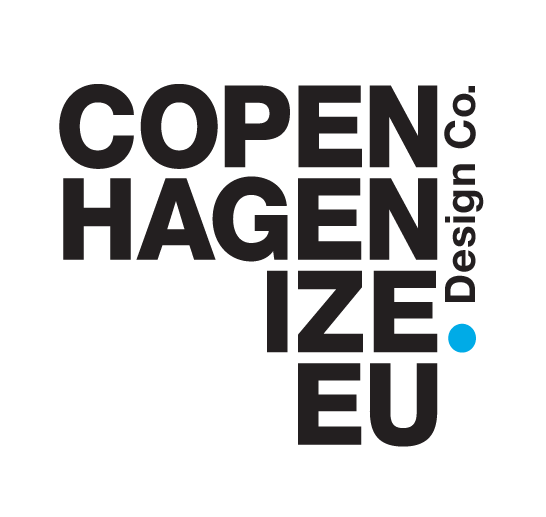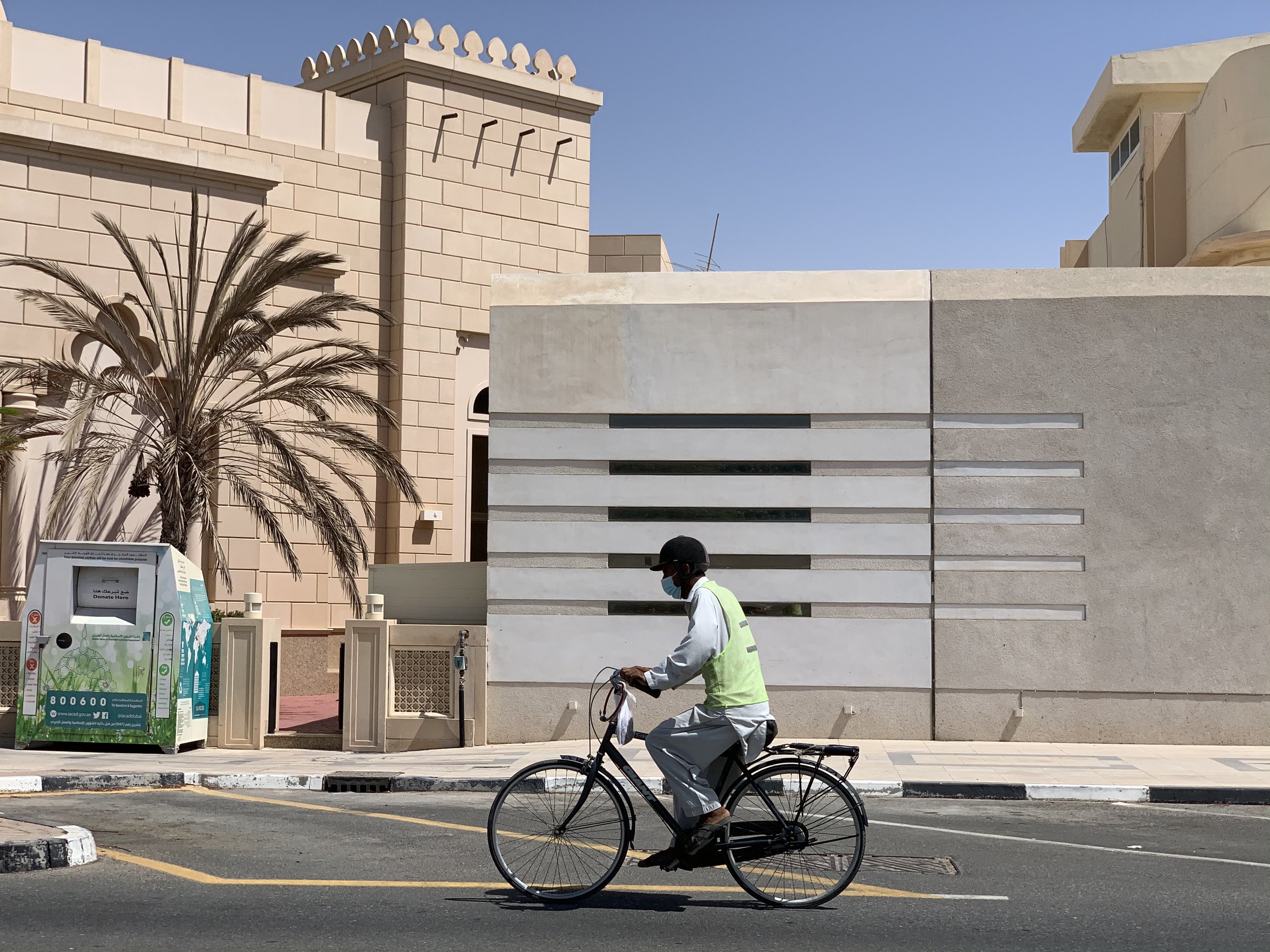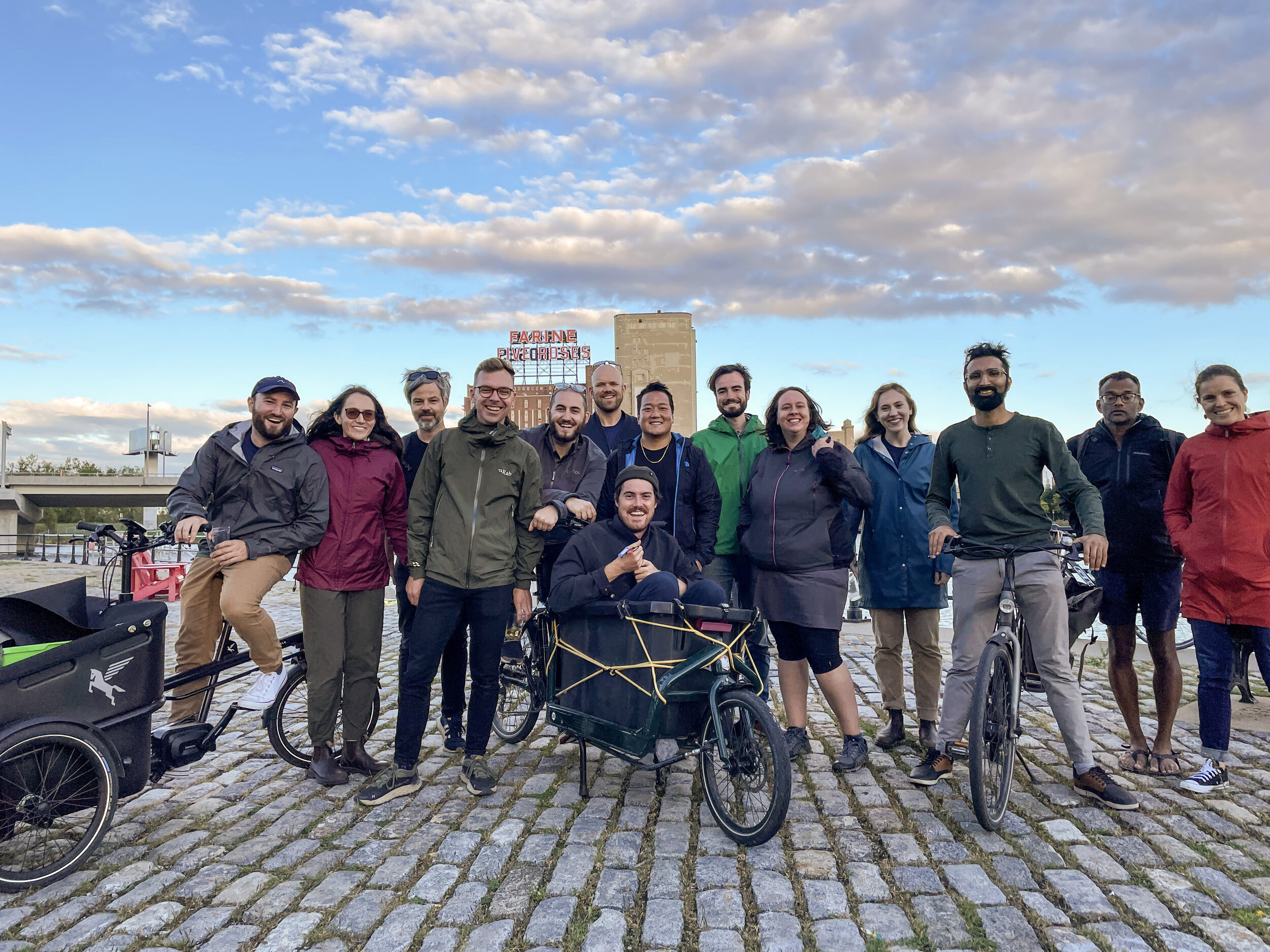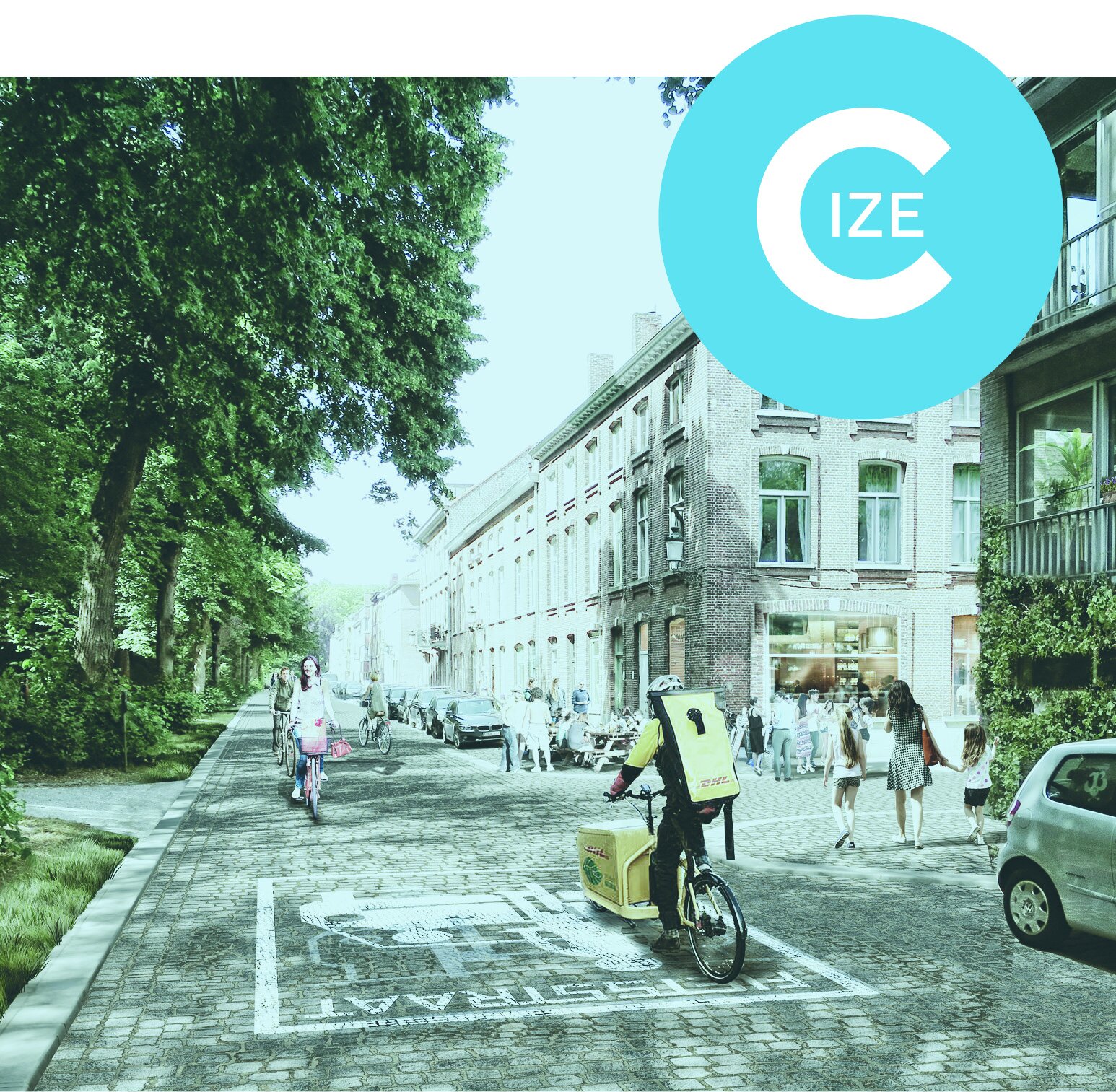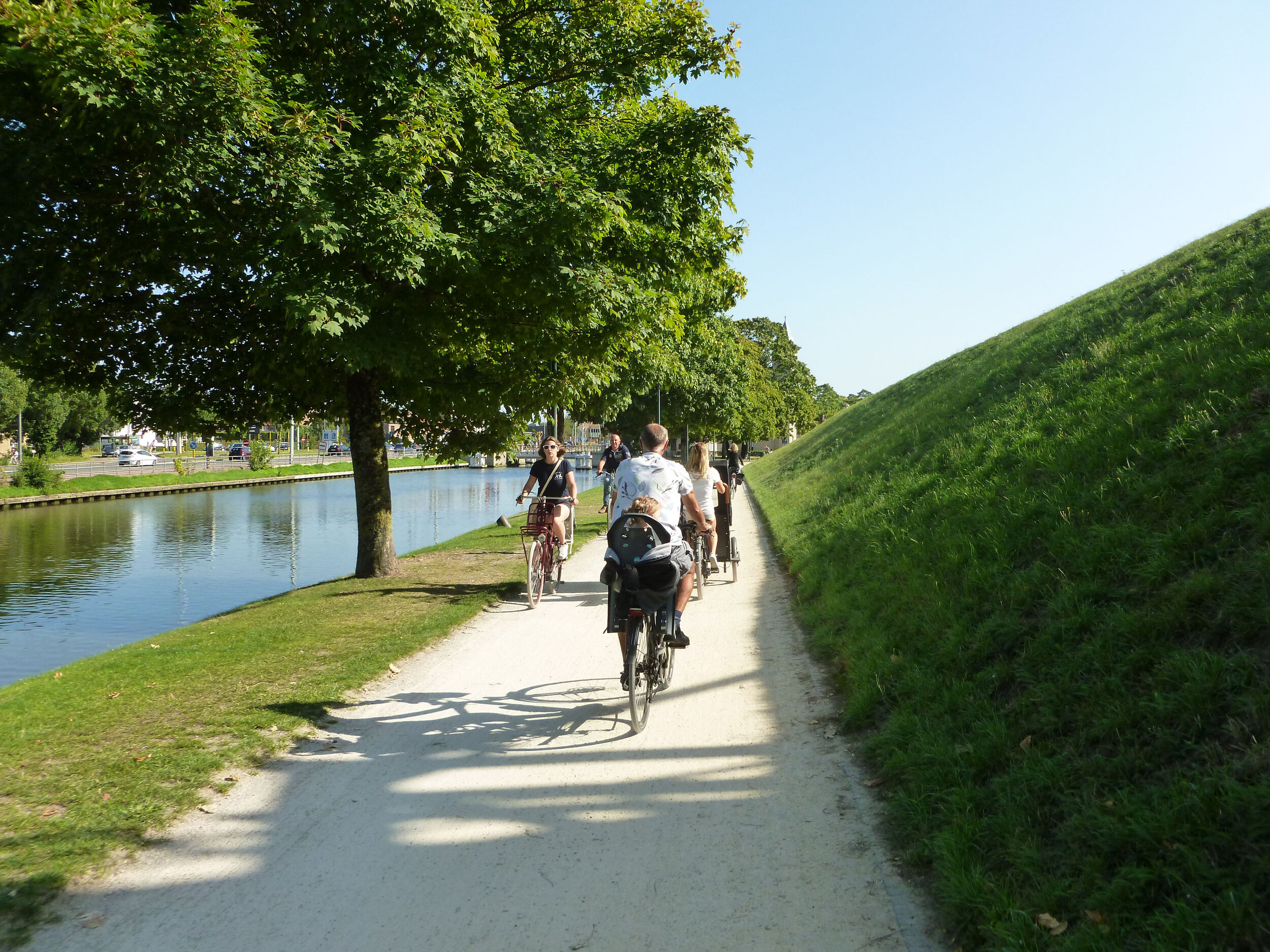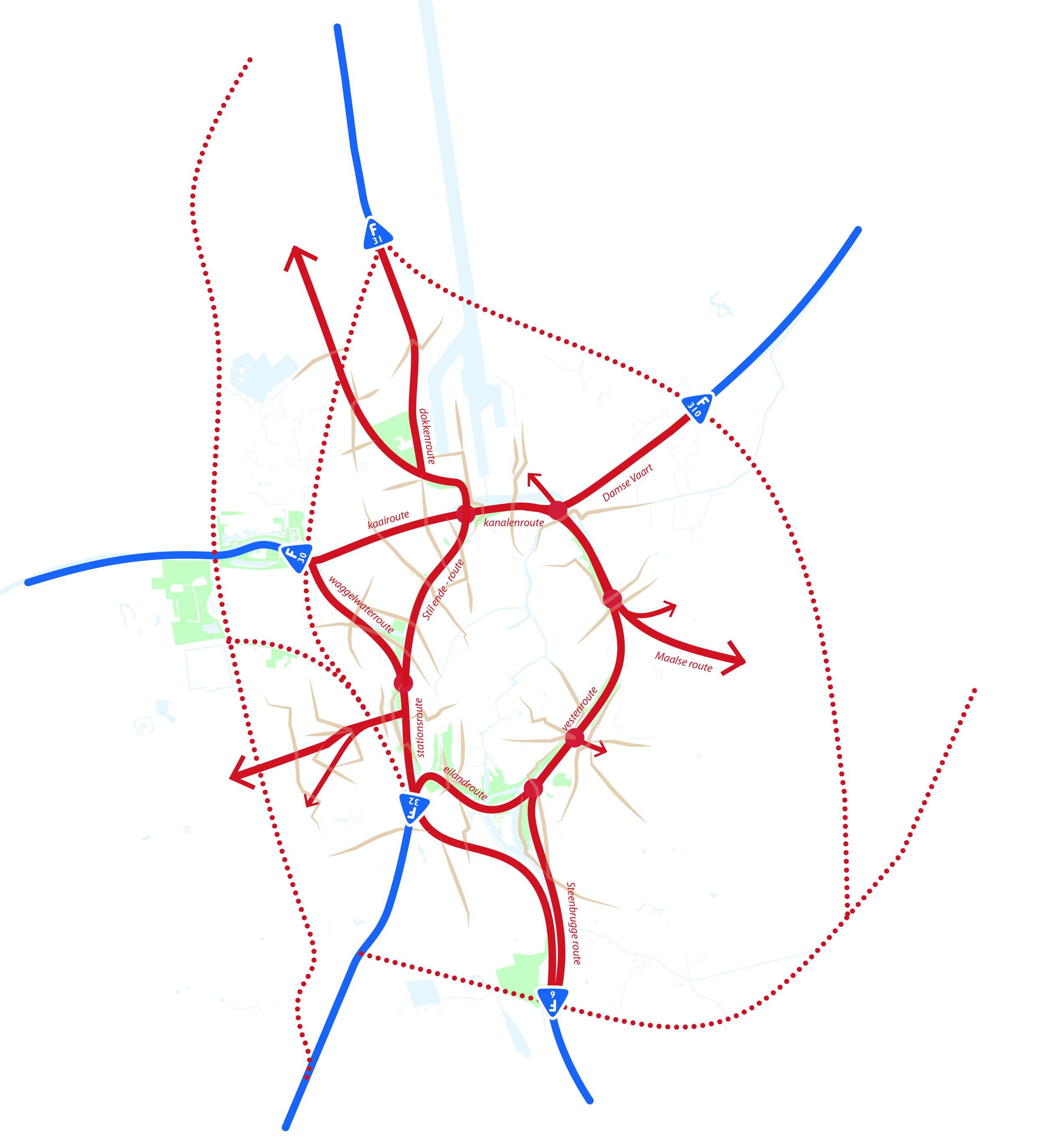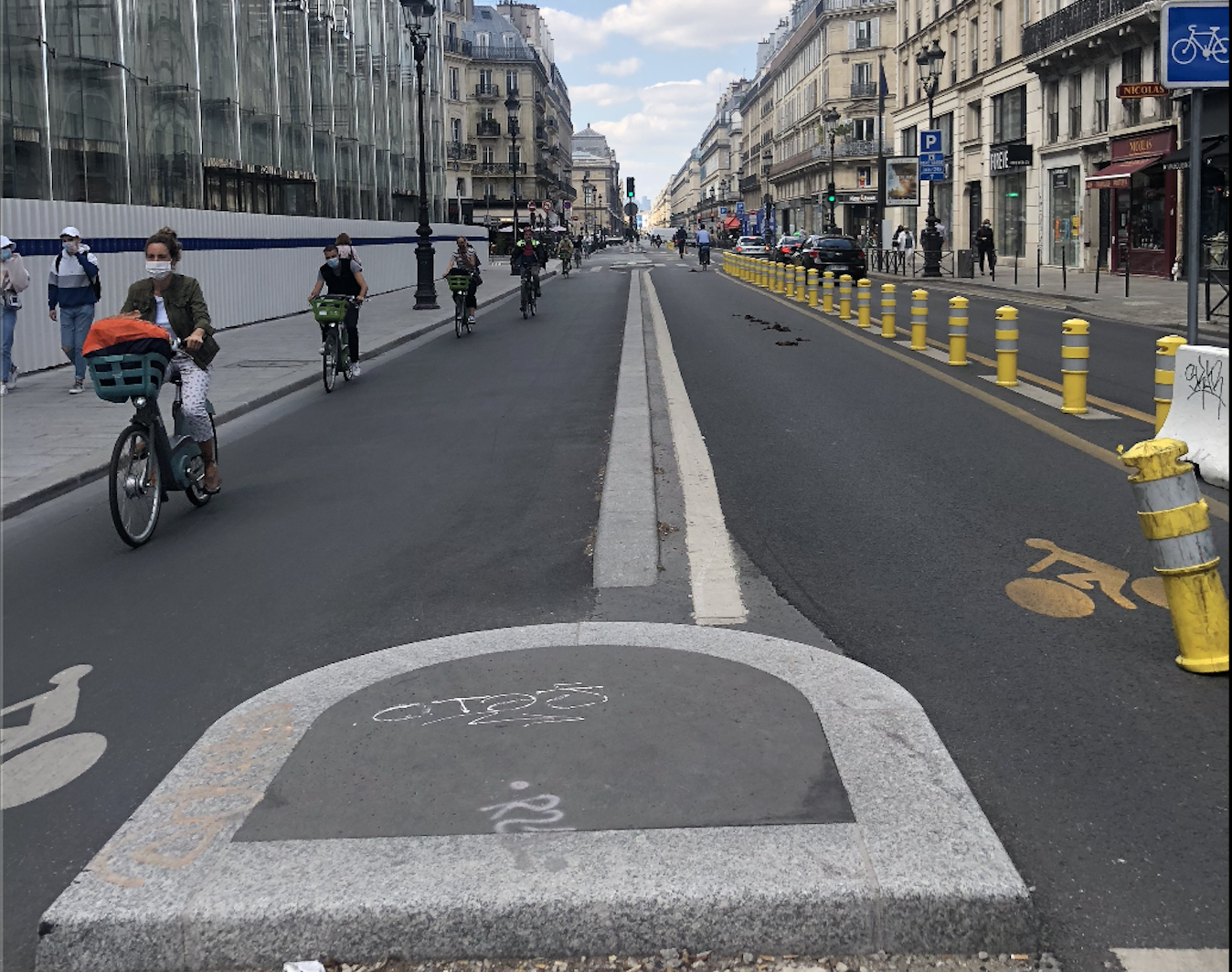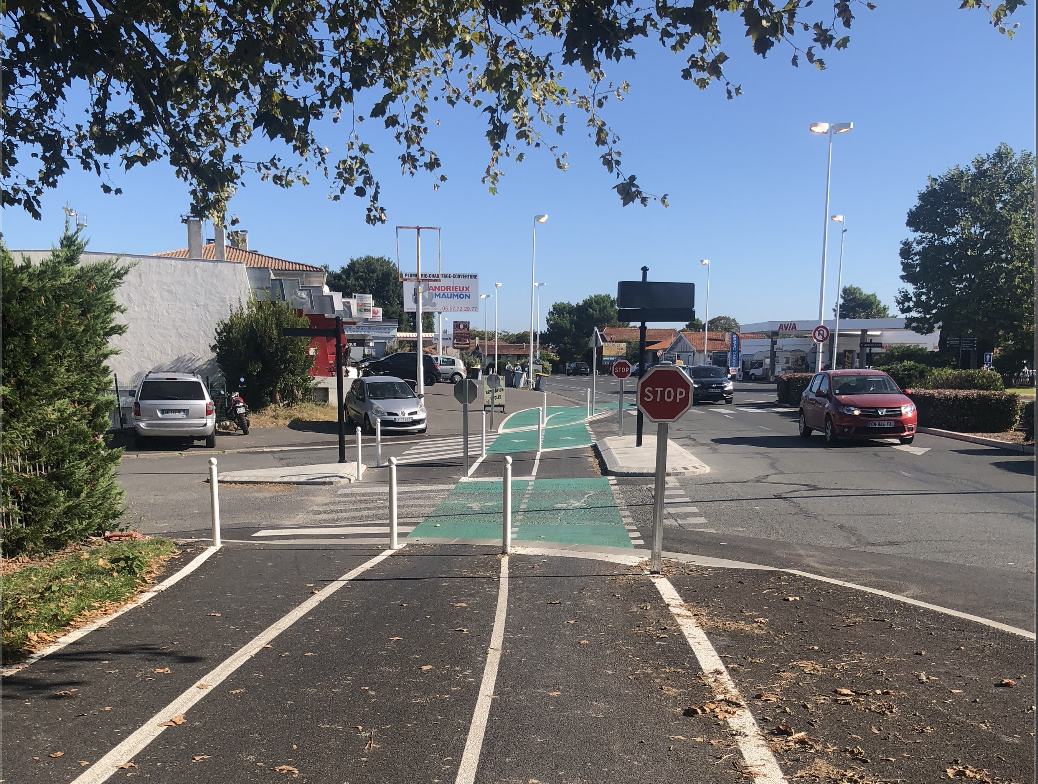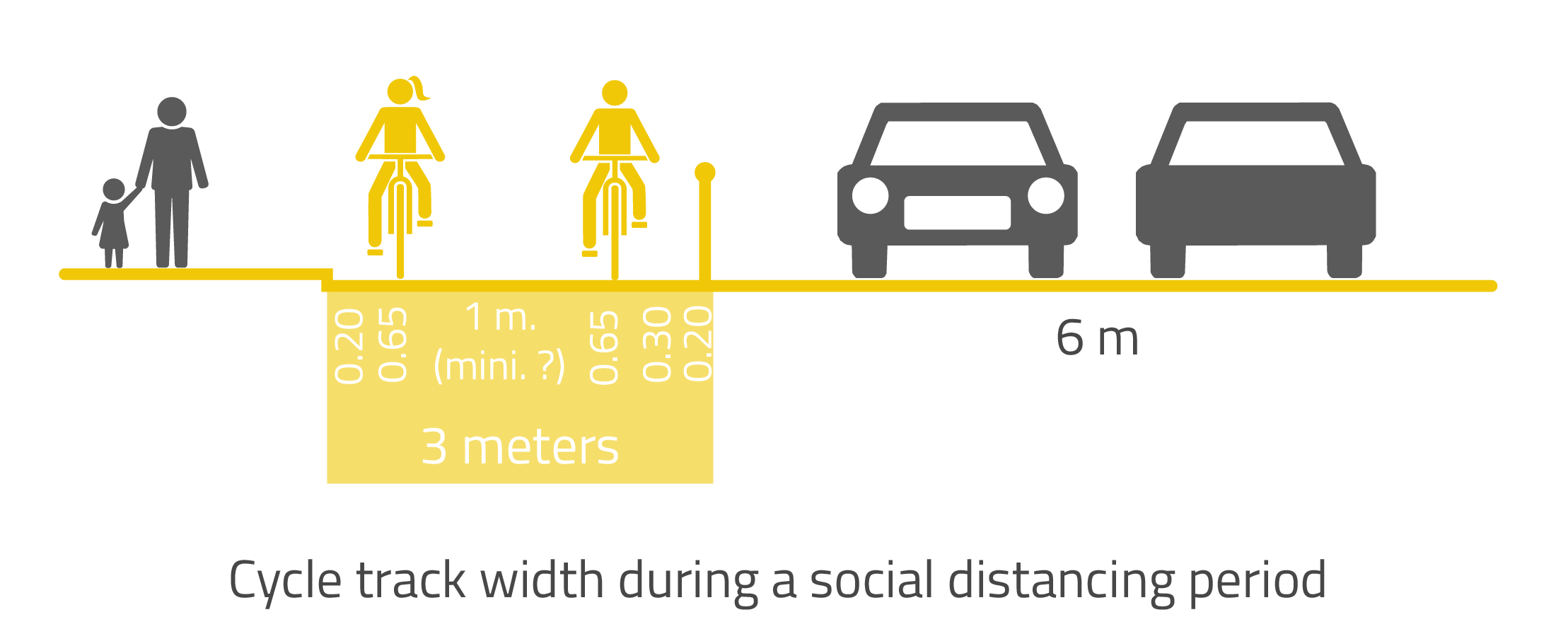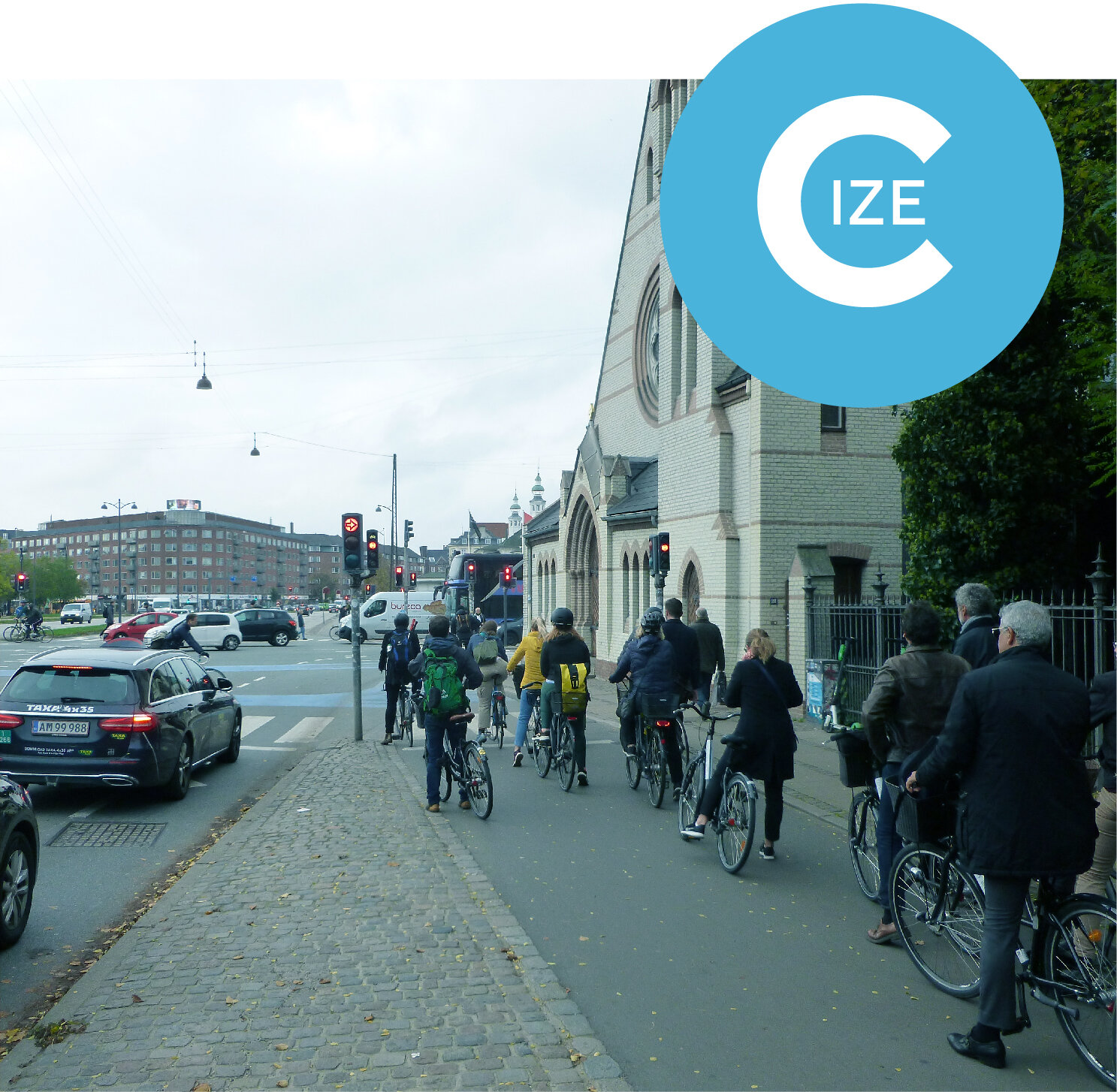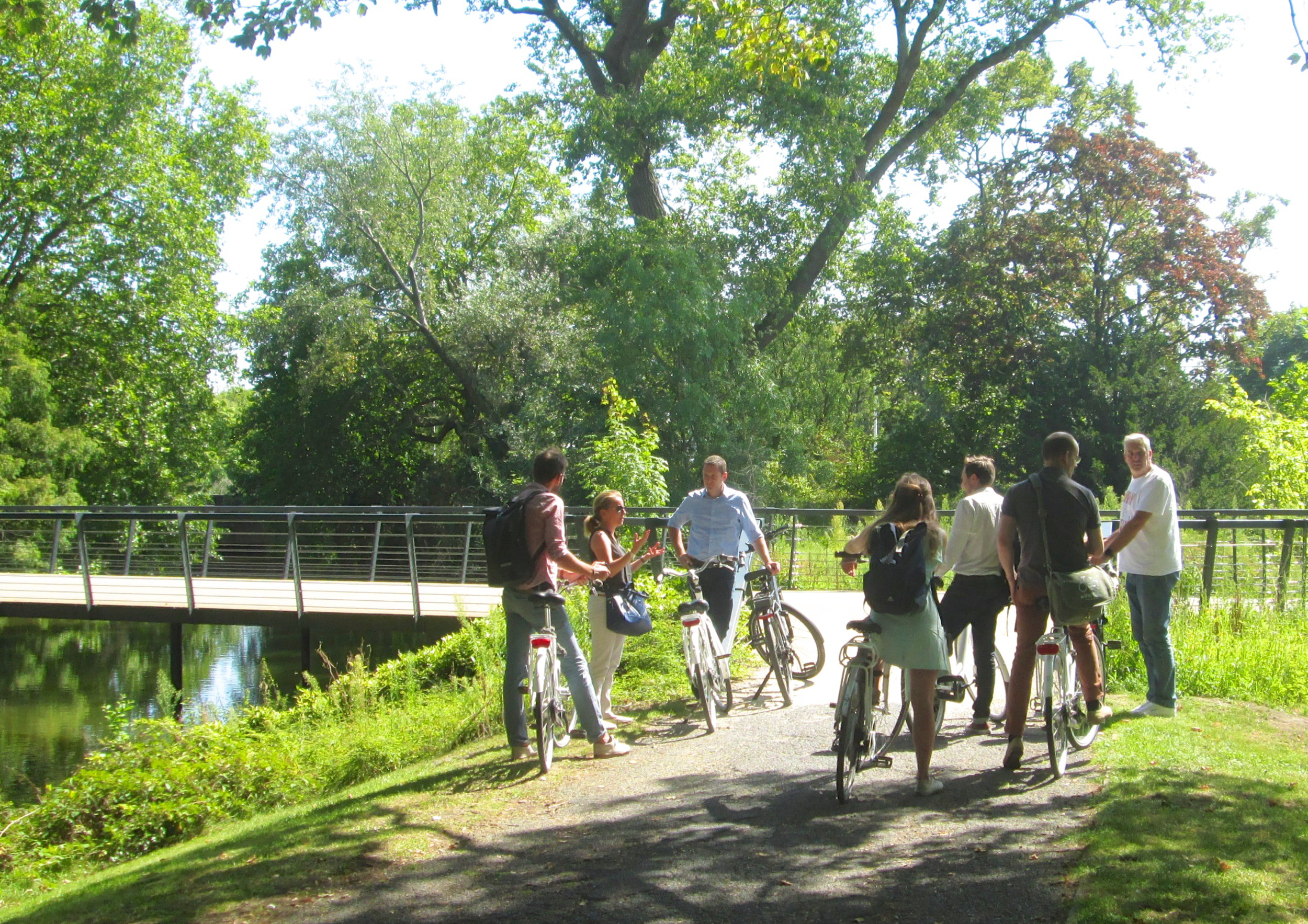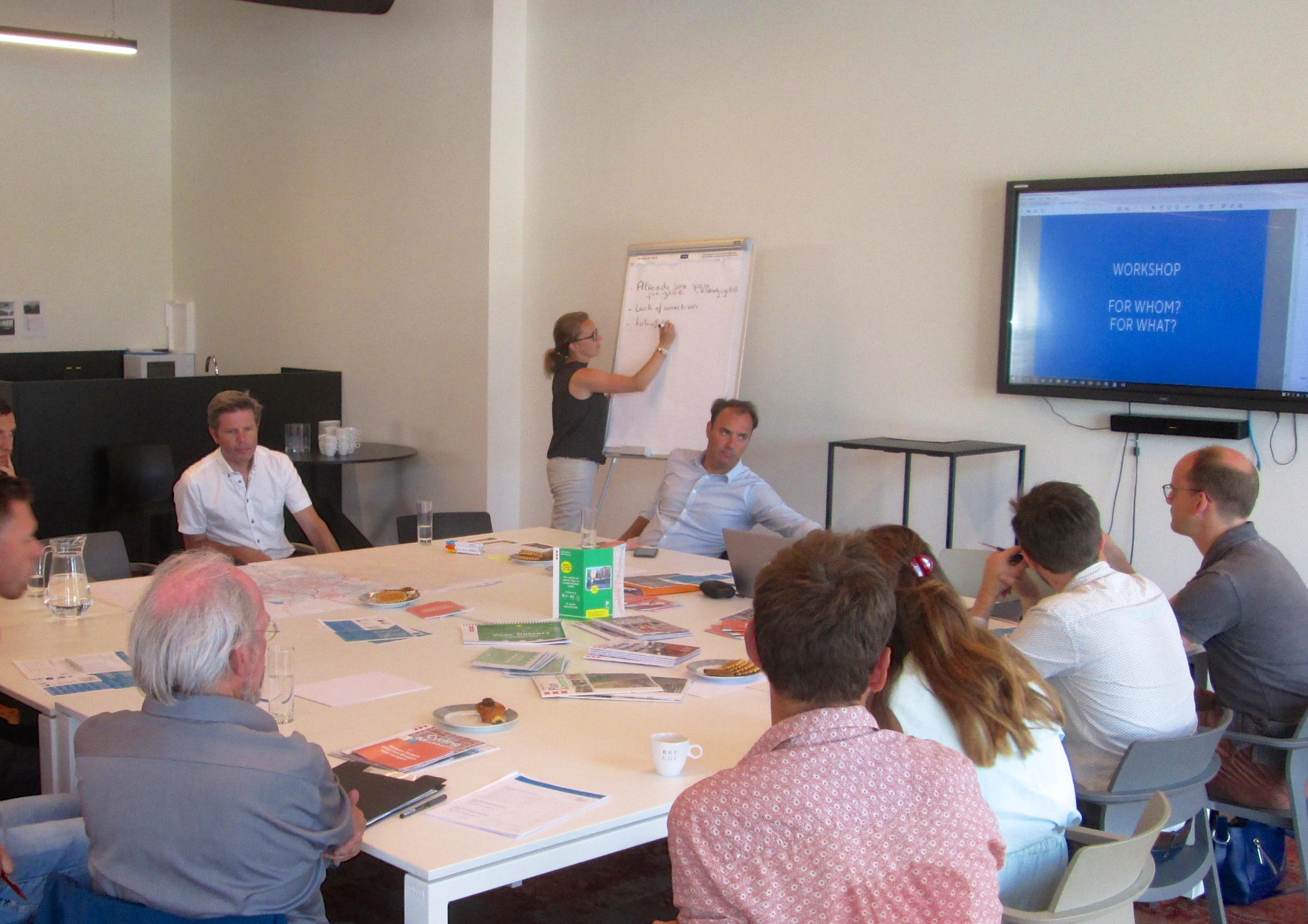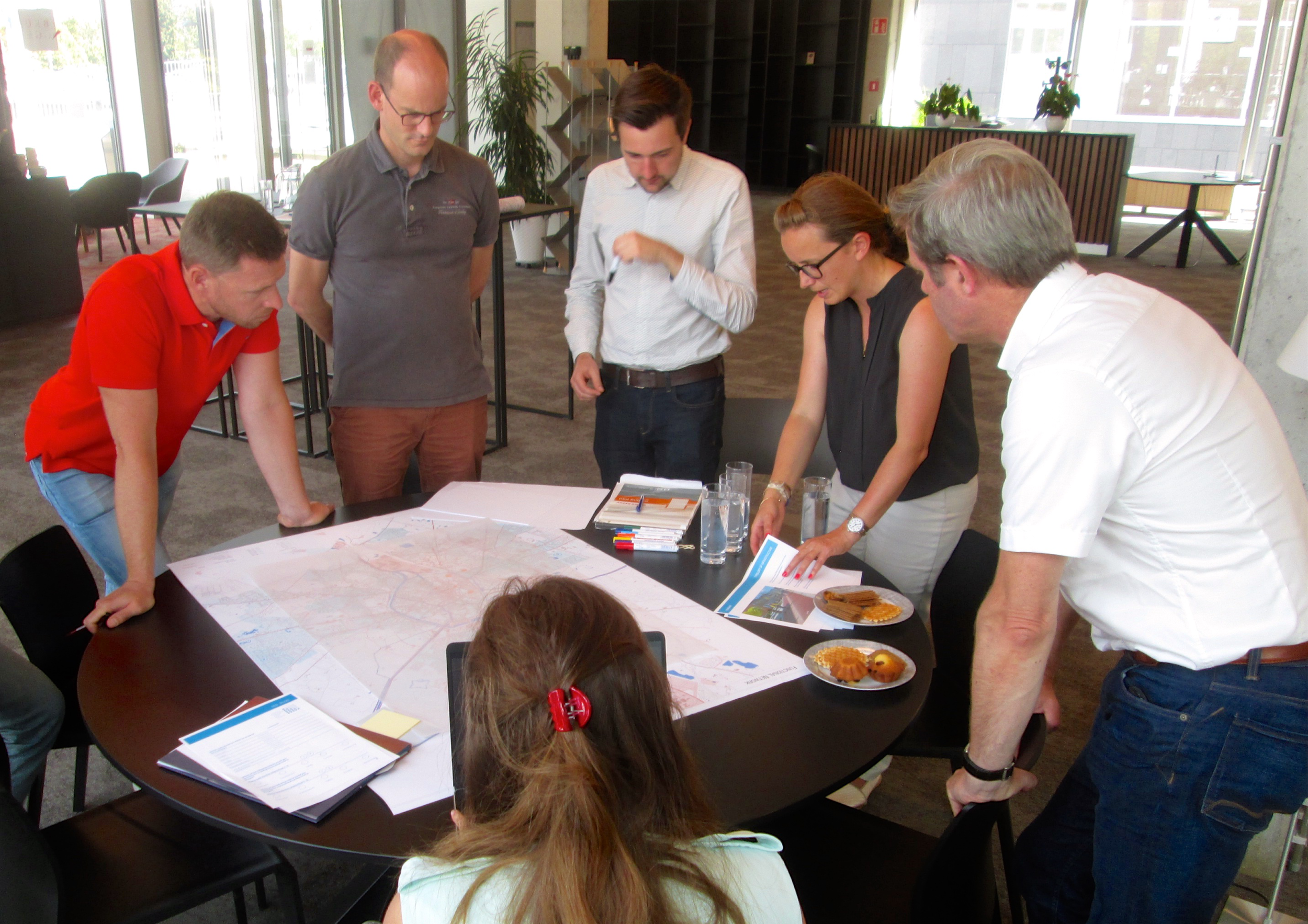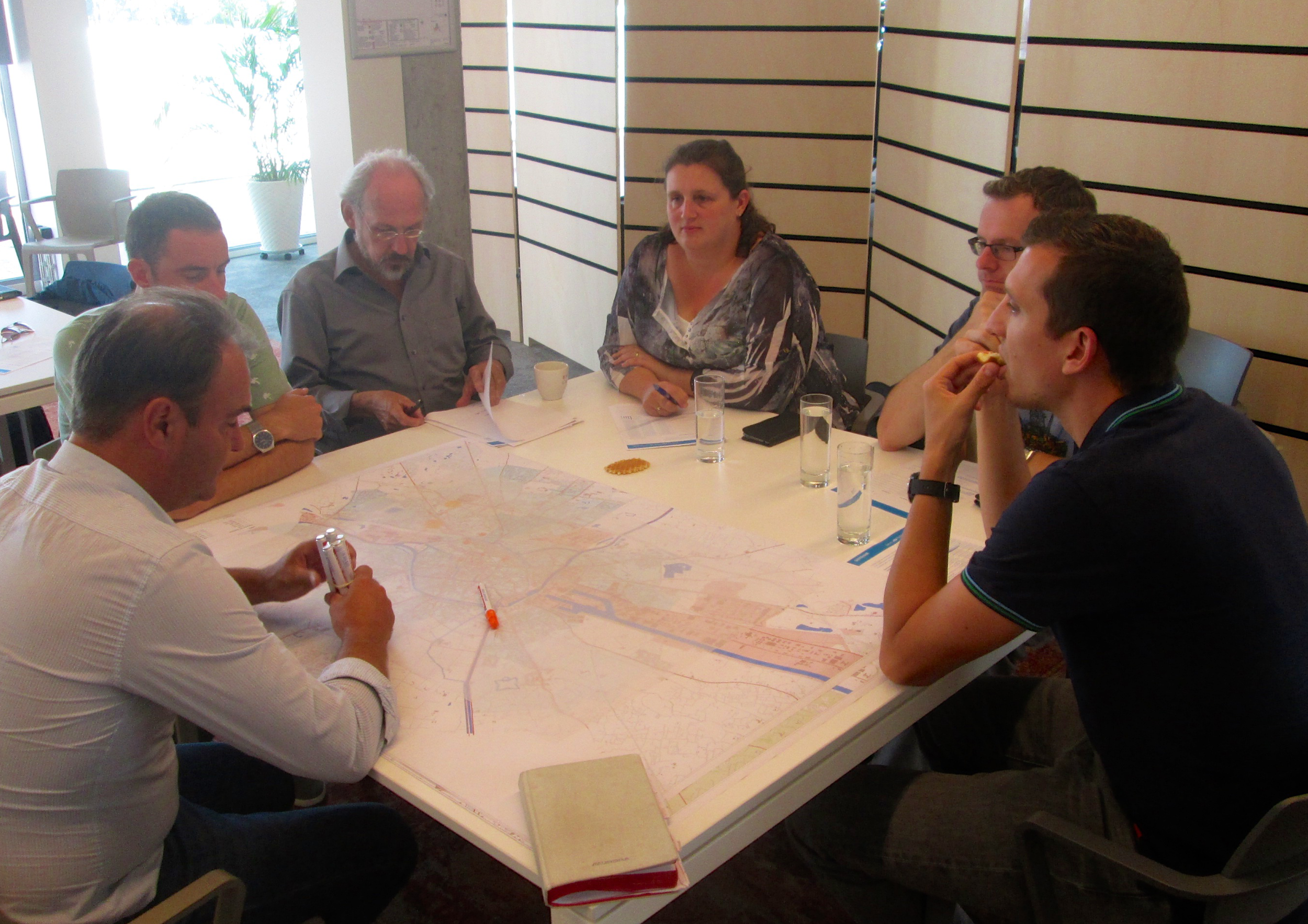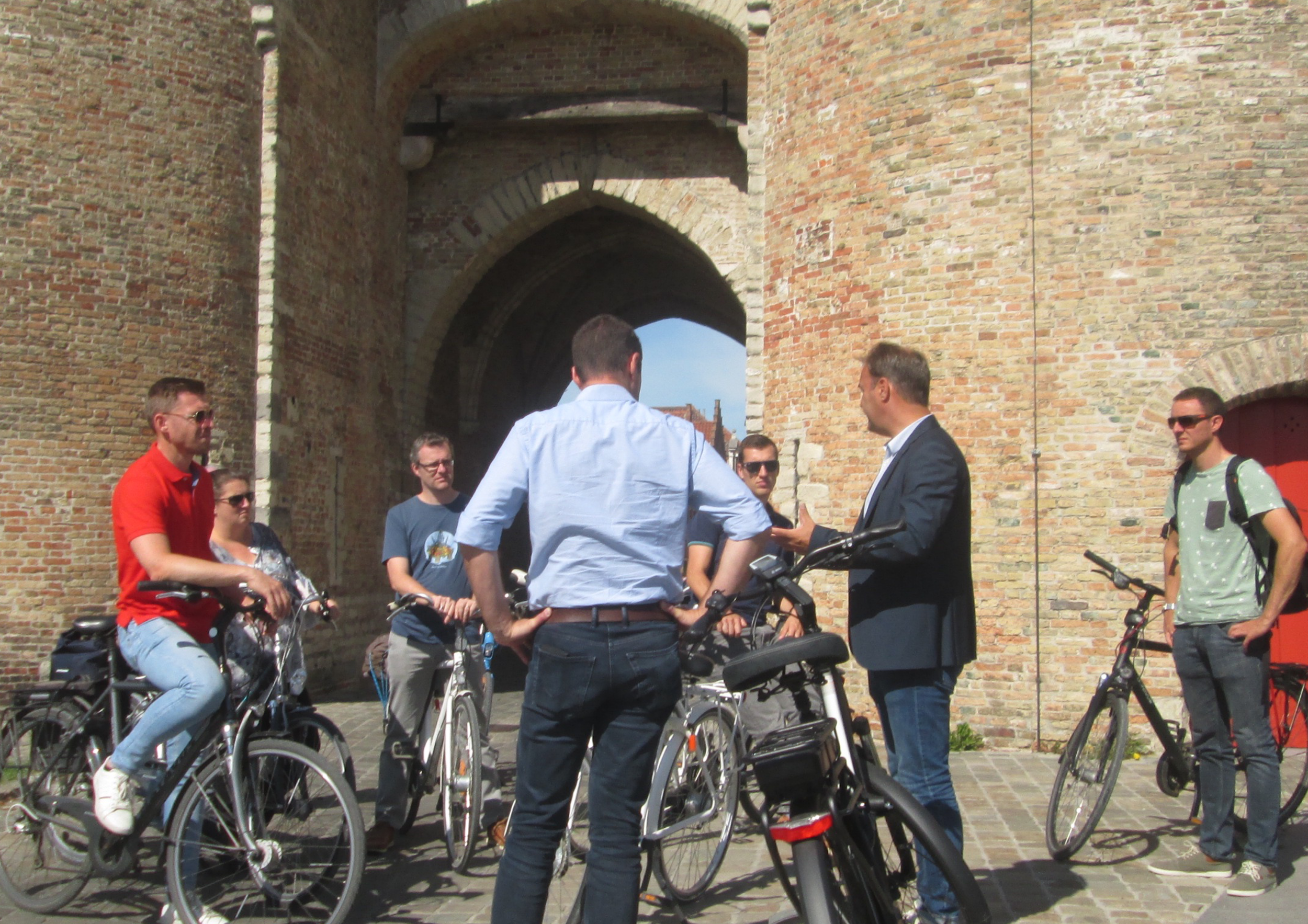During this global crisis, the bicycle once again humbly presents itself as a tool of resilience at the service of cities and its inhabitants. This period therefore becomes an appropriate time to speed up the implementation of bicycle plans, to test new cycling routes, but also to change the traditional approach to urban mobility planning. It involves accepting temporary and perhaps seemingly radical implementation, continued monitoring, correcting courses as necessary, and considering the sustainability of the most convincing experiments.
Clotilde Imbert
Director, Copenhagenize France
---
Clotilde Imbert : “Une opportunité unique d’accélérer la mise en place des plans vélo.”
Tribune. On me demande souvent si, pour transformer les rues et faciliter la mobilité cyclable, mieux vaut agir de manière progressive ou d’un seul coup. Ces derniers mois, ma réponse fut : regardez l’impact massif des grèves des transports en commun en France sur la pratique du vélo. La concomitance de l’ouverture de kilomètres de pistes cyclables sécurisées et la fermeture du métro pendant des semaines a permis à des milliers de Parisiens de prendre conscience que le vélo était un moyen de déplacement efficace et envisageable pour leurs trajets quotidiens.
Bientôt, ma réponse sera : regardez ce qu’il s’est passé dans le monde lors de la crise sanitaire du covid-19 ! Un virus invisible aura peut-être davantage accéléré le développement de la mobilité cyclable que des années d’argumentaires rationnels, pragmatiques, souvent passionnés d’activistes convaincus que le vélo est un moyen de déplacement convenant parfaitement au monde actuel.
Nous n’en sommes pas tout à fait là pour autant. Même si des villes, comme Bogotá et Berlin, ont réagi rapidement et créé ou élargi des corridors sécurisés pour les usagers du vélo, c’est surtout durant la période de déconfinement que les villes devraient mettre en place des pistes cyclables temporaires pour favoriser un mode de déplacement qui facilite la distanciation sociale, qui est plus rapide que la marche à pied et surtout moins consommateur d’espace et pollueur que la voiture. Actuellement, de la fenêtre de mon salon/bureau, je vois déjà les piétons marcher sur la bande cyclable et les cyclistes circuler sur la chaussée. Une nouvelle répartition de l’espace public s’effectue de manière spontanée alors que peu d’habitants sortent de chez eux. Qu’en sera-t-il durant la phase de déconfinement ?
Des concepts d’actions empruntés à l’urbanisme tactique, normalement mis en œuvre par des associations, nous en voyons arriver en France, notamment, où le gouvernement a missionné le Club des Villes Cyclables pour mettre en place un réseau de pistes cyclables temporaires. Toutes les personnes convaincues par les bienfaits de la mobilité cyclable s’en réjouissent. L’équipe de Copenhagenize Design Co. fait d’ailleurs la promotion de la création de pistes cyclables transitoires protégées par des séparations légères depuis longtemps dans ses formations sur l’urbanisme cyclable. La ville de Montpellier en a découvert les bienfaits et la rapidité de mise en oeuvre suite à une visite dans nos bureaux de Copenhague de leurs élus et techniciens.
Agir vite ne veut pas dire agir impulsivement. Ces aménagements légers sont l’occasion de mettre en oeuvre rapidement et à moindre coût les plans vélo dont disposent déjà de nombreuses collectivités. Par de la séparation légère et du marquage temporaire, ces dispositifs correspondent à la création de pistes cyclables qui doivent permettrent de créer des aménagements neufs et efficients et de mieux sécuriser les cyclistes qu’avec des bandes cyclables existantes et souvent étroites. Bien qu’issues d’actions rapides, ces aménagements doivent s’inscrire dans un processus d’aménagement à plus long terme qui doit intégrer une période d’évaluation menant à la pérennisation de l’infrastructure. Ils devront desservir les zones d’emplois les plus denses et les équipements de santé.
Voici quelques rappels des grands principes de notre vision de l’urbanisme cyclable. Tout d’abord, à tous ceux qui craignent que le vélo ne puisse permettre de déplacer massivement des habitants, rappel des chiffres : la capacité d’une piste cyclable de 2,20 m. de large est de 3 200 à 5 900 cyclistes par heure selon la qualité de l’infrastructure et la densité d’usagers que l’on trouve acceptable et pas trop stressante… en période de distanciation sociale ces chiffres doivent forcément chuter, surtout si on applique les résultats d’une étude belge et néerlandaise expliquant qu’il faut un espace de 10 et 20 mètres entre chaque cycliste.
Parler de capacité amène tout de suite à évoquer la largeur requise pour une piste cyclable. En temps normal, la largeur minimale pour une piste cyclable unidirectionnelle est de 2,2 m. ; 2,5 m. étant l’idéale ; 3,5 m pour les axes aux flux importants. Il ne s’agit plus de favoriser le dépassement d’un cycliste par un autre plus véloce, mais de donner la possibilité d’avoir plusieurs flux continus d’usagers. La distanciation sociale étant de rigueur, ces règles de largeur pourraient même être revues à la hausse. Repartons des besoins des usagers durant cette période.
Comme lors de construction de pistes cyclables définitives, la création de la section n’est pas l’enjeu technique majeur. Dans le cas de pistes cyclables temporaires, potelets, séparateurs, voire plots de chantier ou autres dispositifs légers créant une séparation facilement identifiable pour les usagers de la rue peuvent être mis en place. Le point crucial reste la gestion de l’intersection et, dans ce cas précis, la gestion de la zone d’attente au feu rouge. En laissant 1 à 2 mètres entre chaque cycliste en attente, la zone d’attente risque de s’étirer longuement, voire ne pas réussir à être contenue correctement. Aussi, un allongement des temps de vert pour les cyclistes des axes majeurs doit pouvoir limiter l’effet de promiscuité. Par ailleurs, la création d’un “super sas vélo” en empruntant la voie de tourne-à-droite des voitures peut pallier à cette situation.
Personne ne sait combien de temps va durer la période de déconfinement ? Quelle va être précisément la mobilité des habitants ayant peur ou non de prendre les transports en commun dans les grandes villes? Que restera-t-il de cette période après le déconfinement? S’il n’est pas possible de prédire l’avenir, il est possible de le préparer. Le jour d’après se construit. La stratégie devra passer par un monitorage précis des flux sur les pistes cyclables temporaires. Data is gold, quelle que soit la période.
Lors de cette violente crise, le vélo se présente encore une fois humblement comme un outil de résilience au service des villes et de ses habitants. La période devient donc un moment opportun pour accélérer la mise en oeuvre de plans vélo, pour tester de nouveaux itinéraires cyclables, mais aussi pour changer l’approche traditionnelle de l'urbanisme. Il s'agit d’accepter une mise en oeuvre transitoire, de la monitorer, de la corriger si besoin et d'envisager la pérennisation des expérimentations les plus probantes.
Clotilde Imbert
Directrice, Copenhagenize France
